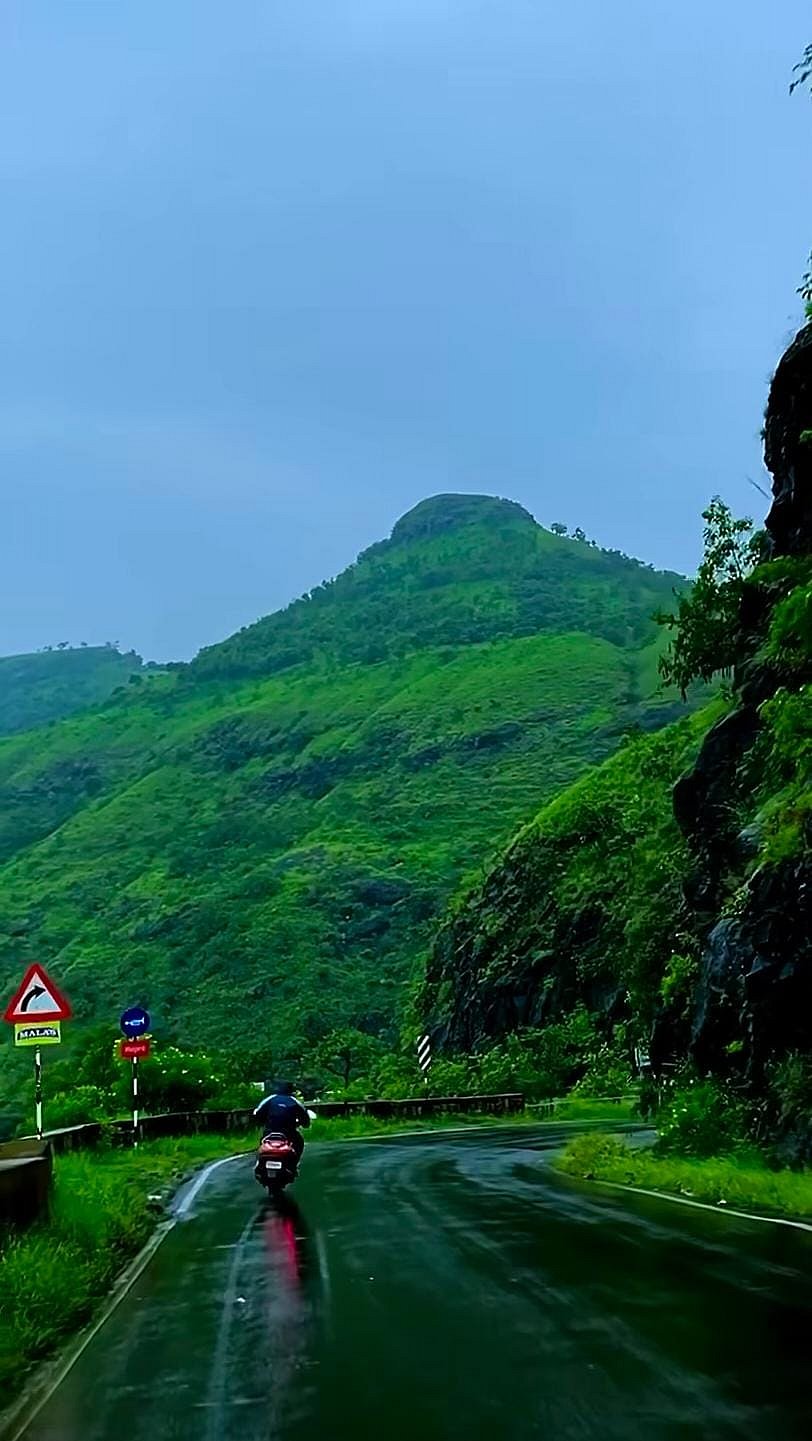Flowers have begun blooming on the Kaas Plateau near Satara, with vibrant red, white, and blue hues visible throughout, making it ready to welcome tourists with its stunning floral displays. Since the recent inauguration of the Kaas Flower Festival, visitors have been steadily arriving.
Kaas Plateau is renowned for its breathtaking wildflower blooms, which flourish during the monsoon season, typically from August to October.



The flower season on Kaas Plateau, a UNESCO World Heritage Site near Satara, kicked off on September 5. Thousands of tourists have already visited to enjoy the vibrant array of flowers. A beautiful mix of colors can be seen, with species such as Ranhalad (Chavar), Neelima, Deepkandi, and Manjiri starting to bloom. The colorful floral landscape is slowly coming to life, and with Ganeshotsav coinciding with consecutive holidays, tourist numbers are increasing.


Role of rainfall in bloom
For the past three months, Kaas has experienced continuous rainfall. The plateau's unique biodiversity relies on a balance of sun and rain, but the prolonged rains have delayed the blooming of several flowers. Many species have been affected by the heavy downpours, and if the rain continues, the red-pink Terda flowers may also suffer. A break in the rain is crucial for full bloom. However, the Kaas Plateau Executive Committee has set up natural huts at various points on the plateau to offer shelter from the elements. These eco-friendly and aesthetically pleasing huts, made from natural materials, are gaining popularity with tourists due to the ongoing rains.
Currently, flowers are starting to bloom across the Kaas Plateau, and if the rains subside, colorful flower carpets will form in the next eight to ten days. To avoid any inconvenience, tourists are encouraged to book through the website www.kas.ind.in, according to Pradip Kadam, Vice President of the Kaas Plateau Executive Committee.












